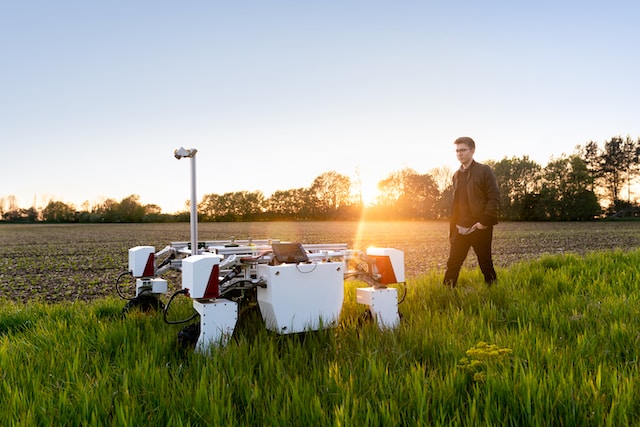The logistics industry is undergoing significant changes thanks to various technological innovations. These technologies change operating modes and management frameworks.
Automation makes the logistics workflow more efficient and effective. Warehouses and distribution centres can employ automated systems to handle tasks like sorting, picking, packaging, and delivery.
These systems can reduce labour costs, enhance accuracy, boost productivity, and maximize space use. In addition, they can help decarbonize long-distance freight transport.
Globalization
In logistics, automation refers to a variety of machines and software. New technology increases efficiency and reduces manual labour costs, from self-driving trucks to automated storage and retrieval systems.
With a global economy comes the need for constant shifts in supply and demand. Whether from changes in GDP growth or world events, supply chains need to be adaptable.
One way to do this is by connecting all logistics assets so that each piece of merchandise has a digital identity. This allows companies to know where each package is and its condition. It also helps them optimize packing and routing and ensures that each shipment reaches its destination in the best possible condition. It could lead to lighter unit load devices that allow more cargo on each plane or ship, reducing energy usage and saving costs.
Regionalization
A streamlined logistics supply chain allows retailers to fulfil orders more quickly, which gives customers a better shopping experience. This type of supply chain also reduces order processing times, enabling same-day deliveries.
Warehouses utilize AGVs and AS/RS to automate and increase efficiency. These machines increase productivity and cut labour costs, enabling logistics companies to offer competitive rates.
Future-facing companies can use Sleek Technologies automation to open high-quality locations near end consumers, facilitating expanded direct-to-home delivery. Site selection is often a trade-off between the availability of labour and proximity to customer homes, but automation can change the equation.
Intelligent Networking
Automation is a game-changer for businesses operating in a complex business landscape. Teams can focus on strategic decision-making and customer experience enhancement while this streamlines operations and improves productivity.
Using intelligent remote-access technology, machines can be networked for a level of connectivity that was previously unimaginable. This allows the machines to share data and work together seamlessly.
The intelligence provided by these systems makes them better suited to handling complex and high-volume tasks than humans, and they are less prone to errors. Additionally, automation is more cost-effective than hiring humans to do the same job. This leads to significant savings for businesses in the long run. Furthermore, it improves efficiency by freeing up resources for additional projects. It also helps reduce logistic costs and optimizes supply chain processes.
Cargo Drones
Although there will always be a human element to logistics, automation reduces the risk of errors. It also allows companies to manage inventory, shipment, and other data more efficiently.
Using predictive maintenance, automated systems can detect potential equipment failure before it occurs and reduce downtime. This helps minimize costs associated with unnecessary repairs and increases order fulfilment rates.
In the future, warehouses could feature fully automated high-rack systems with intelligent robots navigating the aisles to pick and pack orders. Similarly, drones may fly packages directly to customers instead of trucking them from distribution centres or ports. This will help companies avoid congested roads and bypass geographic obstacles like mountains, lakes, and unnavigable rivers that limit conventional delivery methods. Moreover, cargo drones are environmentally friendly with minimal carbon emissions.
Sustainability
As consumer expectations change, logistics must be able to respond quickly and efficiently. That means staying up to date on supply chain trends, including automation.
For example, 5G is the latest generation of wireless technology and cellular networks. It enables new levels of connectivity with the fastest connection speeds and lowest latency. That opens up a whole range of new opportunities for automation in logistics, including automated truck systems that react to air temperature and humidity to prevent damage to cargo.
Another logistics trend is the increased focus on sustainability. This means greener supply chains, logistics, and freight practices. It also means using logistics robots to maximize efficiency, foster productivity, and reduce costs. This area is expected to grow even more as companies demand better service from their logistics partners.

